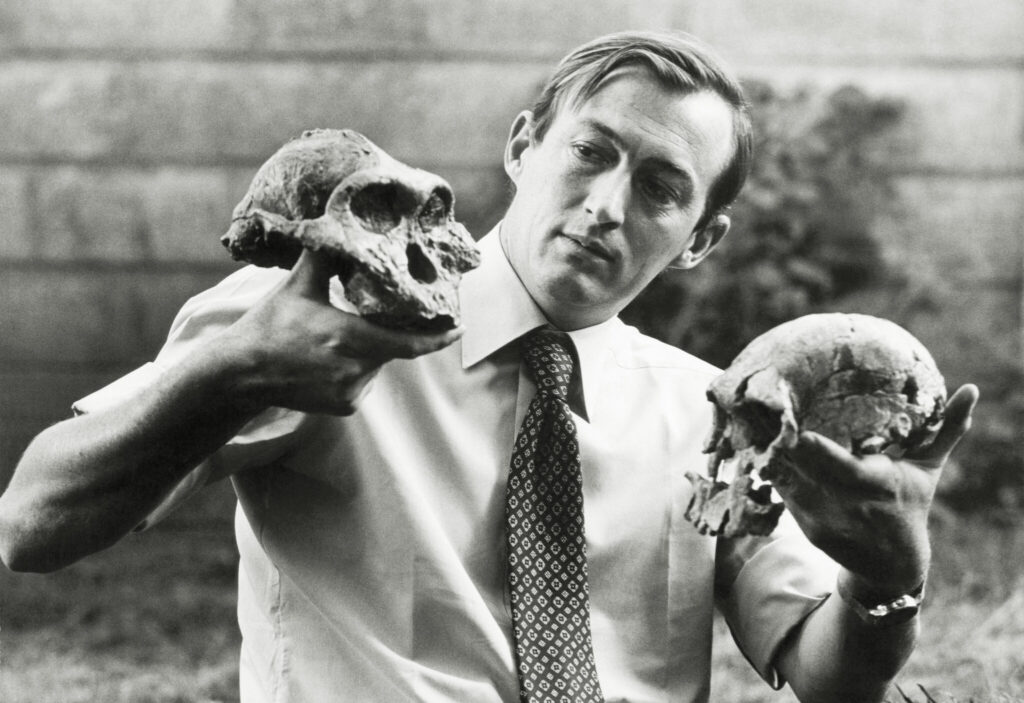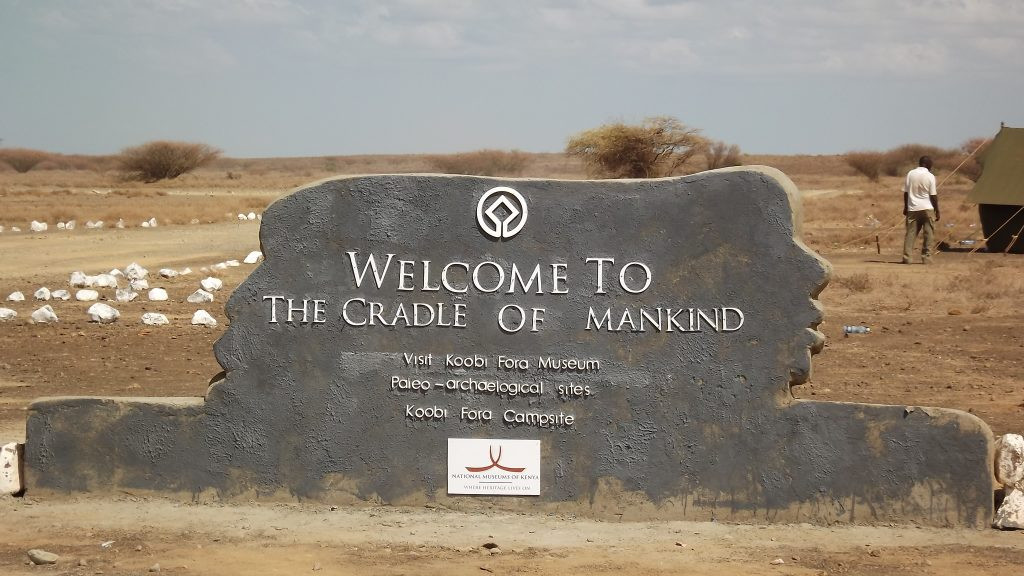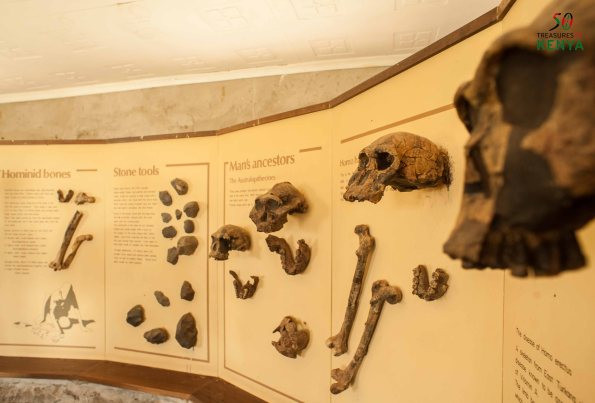Long before skyscrapers rose in Nairobi or matatus filled the streets, before kingdoms and empires shaped the continent, Kenya was already making history—literally. Beneath its dry valleys and ancient lakes lies some of the most compelling evidence of human evolution ever found. Welcome to the Cradle of Mankind.
Kenya, alongside parts of Ethiopia and Tanzania, forms the heart of what scientists call the Great Rift Valley. But this isn’t just a geological wonder. It’s a time capsule. Over millions of years, layers of sediment preserved fossilized remains of early humans and their ancestors, making the region one of the richest paleoanthropological sites on Earth.
The story begins with a name that’s become almost inseparable from this history—Dr. Louis Leakey. Together with his wife Mary and later their son Richard, the Leakey family led decades of fossil-hunting expeditions across Kenya, unearthing bones and stone tools that would rewrite what we thought we knew about human origins.
One of the most important finds came in 1972, near Lake Turkana, in northern Kenya. A team led by Richard Leakey discovered a nearly complete skull of Homo habilis, a species that lived roughly 2 million years ago. It had a larger brain than earlier ancestors, and evidence showed it may have used tools. This find was followed by others, including the now-famous Turkana Boy—a 1.6 million-year-old nearly complete skeleton of a young Homo erectus. He stood tall, had long legs, and likely walked and ran like we do today.

But it wasn’t just the Leakeys. Kenyan paleoanthropologists like Dr. Meave Leakey and Dr. Fred Spoor have continued the work, contributing to major discoveries like Kenyanthropus platyops, a flat-faced early hominin species that shook up previous theories about our family tree.
What makes Kenya especially unique is the continuity and depth of its fossil record. From primitive ape-like creatures to early humans who mastered fire and tool-making, the country offers a detailed timeline of our evolutionary journey. The harsh environment that preserved these remains—volcanic ash, shifting tectonic plates, and arid plains—created perfect conditions for both fossilization and discovery.
Beyond the science, there’s something deeply human about standing in these ancient places. Visit the Koobi Fora site or the Turkana Basin Institute, and you’re literally walking where our ancestors once roamed. In the National Museums of Kenya, you can stare into the face of Homo habilis, Australopithecus, and other ancient beings that are part of your biological story.

These discoveries do more than fill museum shelves—they answer questions that define our species. Where did we come from? How did we evolve? And what makes us human?
In global conversations about evolution, Africa often gets reduced to a passing mention. But Kenya’s fossil record demands attention. It centers Africa, not just as a backdrop, but as the stage where the drama of humanity began. The bones beneath Kenyan soil are not just Kenyan history—they are our history.


I like what you guys are up also. Such intelligent work and reporting! Keep up the superb works guys I?¦ve incorporated you guys to my blogroll. I think it will improve the value of my website 🙂